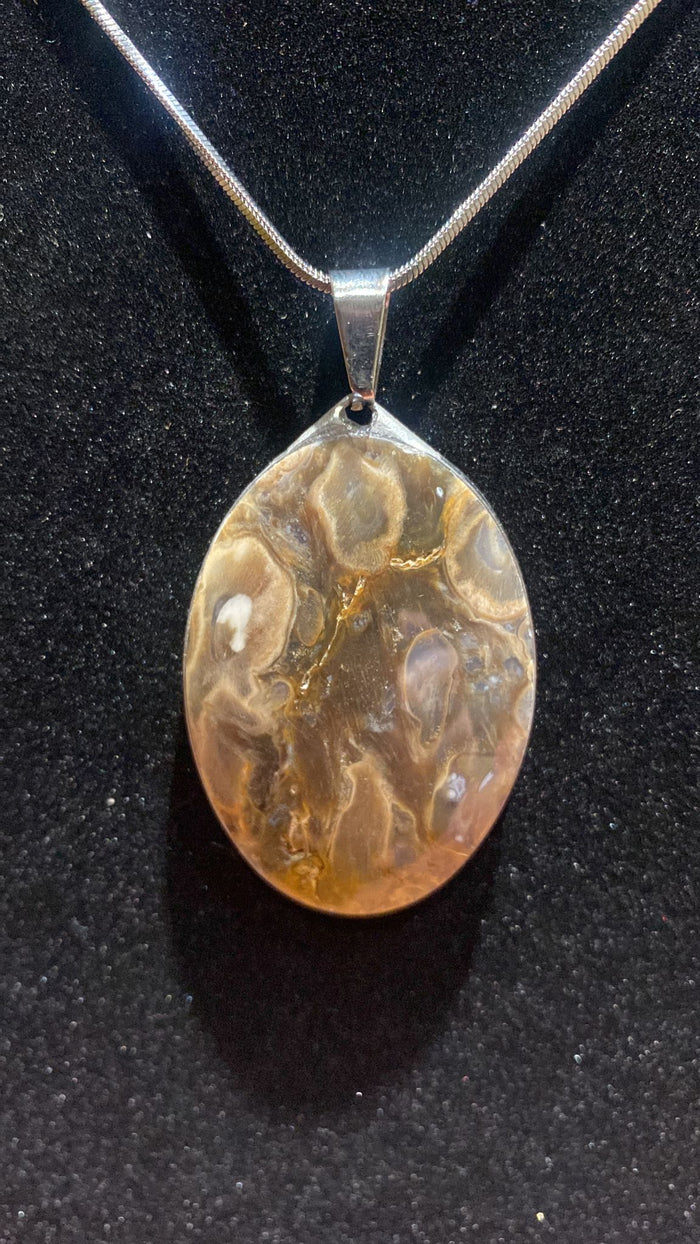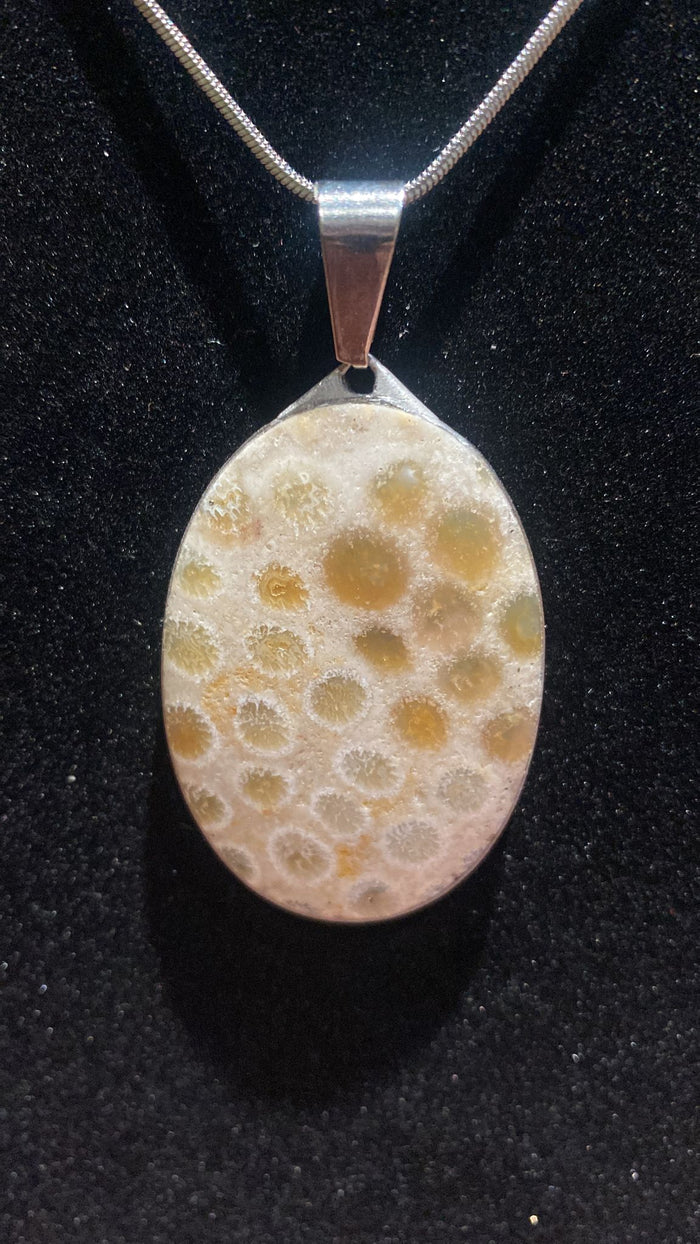A developing trend in jewelry design is incorporating elements of nature into accessories. Especially crystal jewelry, which features natural stones that bring a hint of the natural world into our own styles, is notable for its earthly ties. Inquiring into the organic nature of crystals, their efficacy, and the unique processes that lead to their development, this blog article investigates the fascinating realm of Organic Gemstone Jewelry.
Can a Crystal Be Organic?
Though most people associate the word "organic" with living things, can a crystal also be deemed organic? Remarkably enough, sure. Organic crystals are those created by biological processes in the field of gemology. In contrast to their counterparts that are formed by geological processes, these jewels come from living things. Two excellent examples of crystals that fall into this particular type are coral and pearl. Thus, the meaning of organic gemstone jewelry is completely transformed, fusing the geological and biological in wearable art.
Which Crystal Is Organic?
Understanding which crystals fit into this specific category is essential while exploring the world of Organic Gemstone Jewelry. Examples of organic crystals are coral, which is produced by marine polyps, and pearls, which are made within mollusks. They are distinguished by their different creation techniques, which enhances their beauty and originality. The natural beauty that these diamonds bring to jewelry designs turns each piece into a celebration of the biological world as well as a fashion statement.
Is Wearing Crystal Jewelry Effective?
Many Organic Gemstone Jewelry fans believe in the spiritual qualities of crystals, in addition to their visual appeal. Crystals have long been believed to provide a variety of medicinal benefits, from boosting positive energy to supporting mental well-being. Even though there isn't much scientific proof, people who wear crystal jewelry frequently have powerful personal experiences. These jewels give personal accessories a distinctive depth, whether it's the anchoring energy of jasper or the relaxing influence of amethyst.
How Do Organic Crystals Form?
Our enjoyment of Organic Gemstone Jewelry is enhanced when we comprehend the production process of organic crystals. Organic crystals originate within living organisms, in contrast to inorganic crystals which form through geological processes. For example, coral grows throughout time as complex structures are formed by polyps depositing calcium carbonate. In contrast, mollusks' irritations cause pearls to develop, with layers of nacre building up to create the glossy stones. Jewelry enthusiasts will find each organic crystal to have an amazing quality due to its natural genesis.
What Is the Difference Between Organic and Inorganic Crystals?
Beyond their techniques of production, organic and inorganic crystals can be distinguished from one another. The primary difference between them is that one was created by living things, while the other was created by geological processes. This difference manifests itself in the distinctive textures and looks of Organic Gemstone Jewelry. Because of their connections to life, organic crystals can have a more delicate, complex charm.
It becomes clear as we go more into the fascinating realm of organic gemstone jewelry that this market niche in the jewelry business is about more than just style. It celebrates the natural processes that form our environment and embodies a connection to it. Whether we are drawn to the distinct beauty of coral, the classic grace of pearls, or the purported mystical qualities of crystals, wearing jewelry with these jewels enables us to preserve a little of the organic nature of the planet. Organic Gemstone Jewelry is born out of this union of ornamentation and nature, and it becomes a classic way to convey how we are connected to the environment around us.





